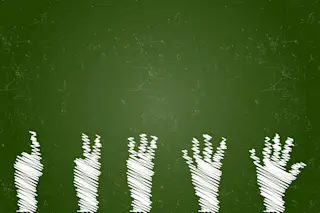Mark Changizi is an evolutionary neurobiologist and director of human cognition at 2AI Labs. He is the author of
The Brain from 25000 Feet, The Vision Revolution, and his newest book, Harnessed: How Language and Music Mimicked Nature and Transformed Ape to Man."
The silent purr of an electric car is a selling point over the vroom of a gasoline engine, but it comes with an undesirable side effect: An electric car can pounce on unsuspecting passerbys like a puma on prey. In fact, the NHTSA found that hybrid electric cars are disproportionately dangerous to pedestrians. To deal with this problem, it has been proposed that sound be added to hybrid and electric vehicles, whether it be bird-songs or recordings of someone making “vroom vroom” sounds. In this light, I wondered whether it might be possible to add “smart sound” to these dangerously quiet cars destined to rule the road ...













